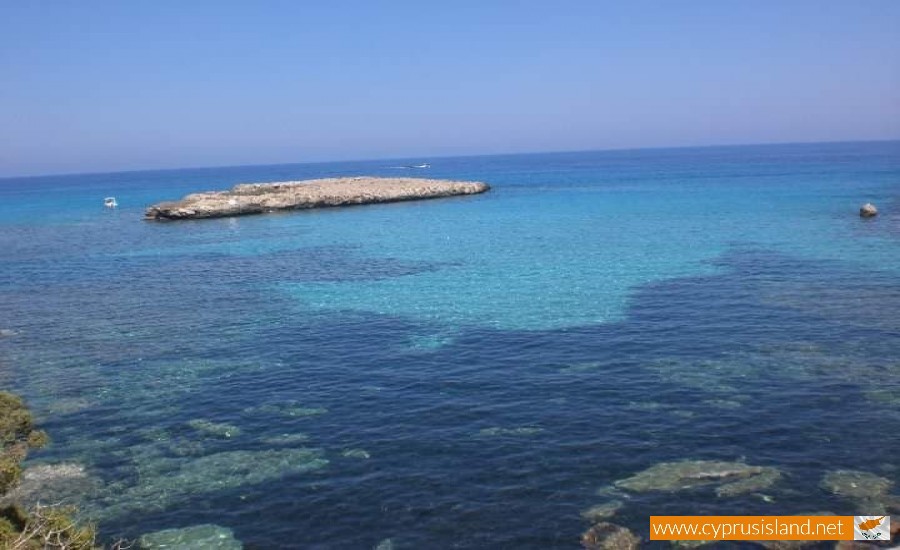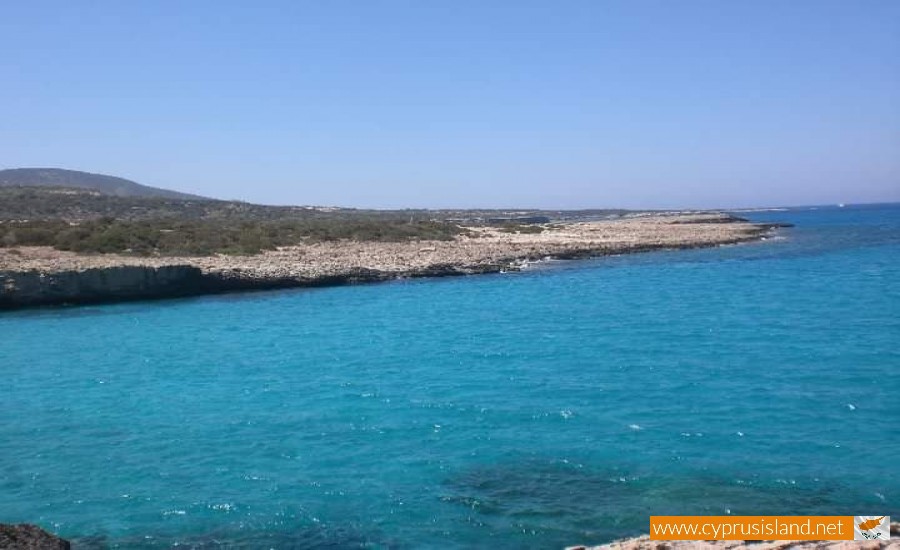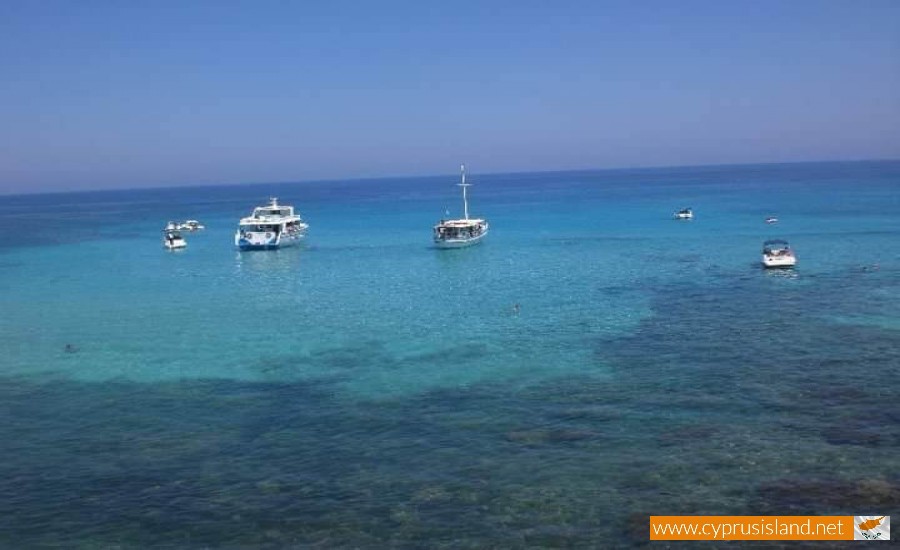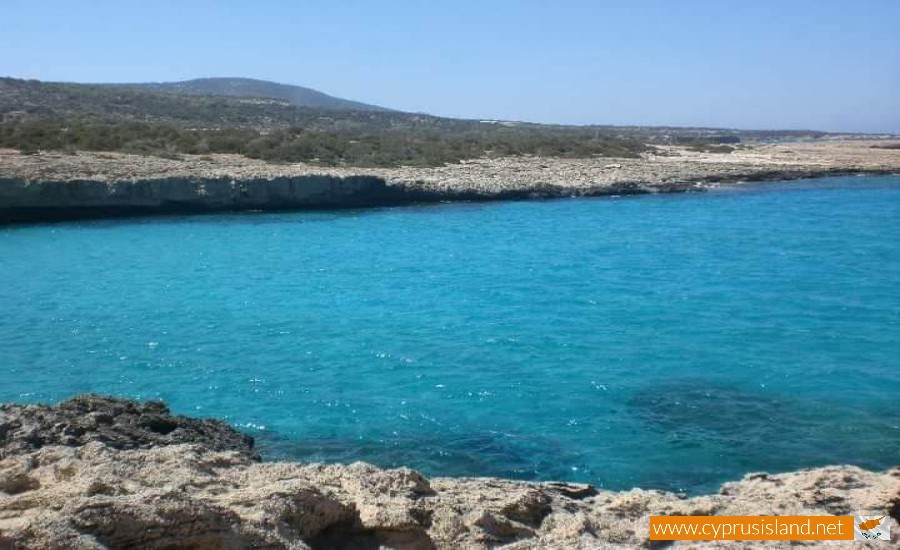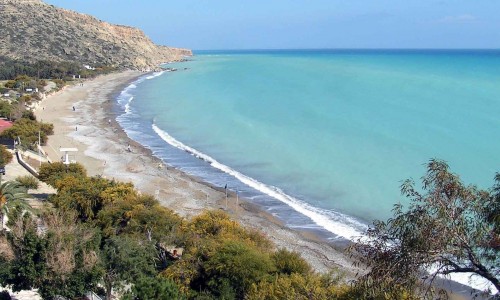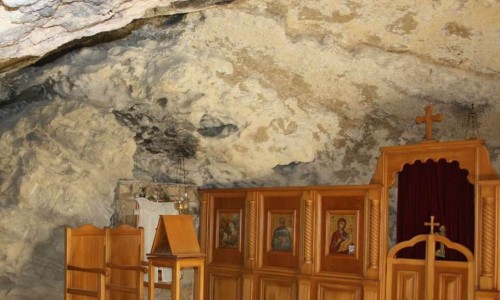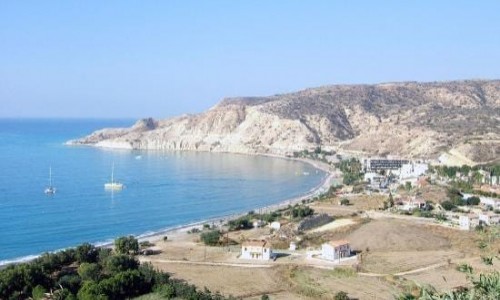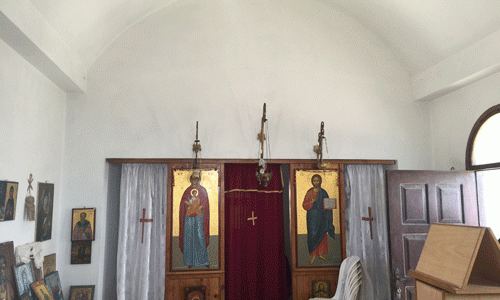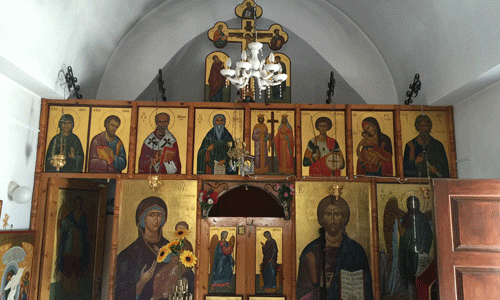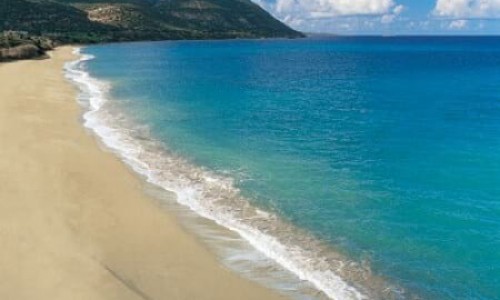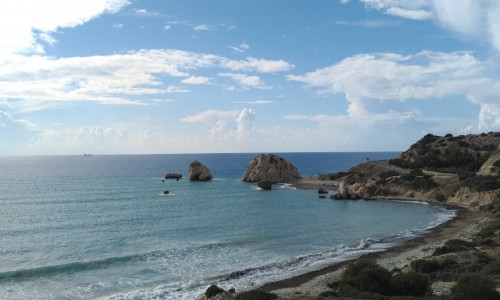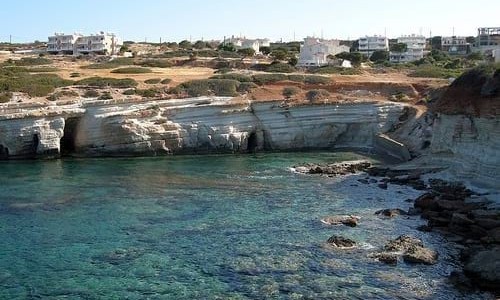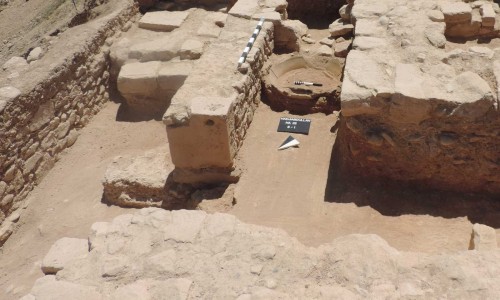Blue lagoon Beach, Akamas
Tucked away in the remote Akamas Peninsula in northwestern Cyprus, the Blue Lagoon is one of the island's most breathtaking natural treasures. With its crystal-clear turquoise waters, dramatic coastal cliffs, and rich ecological surroundings, the Blue Lagoon offers a slice of paradise that feels worlds away from the busier tourist resorts of Cyprus. Whether you're an adventure lover, a nature enthusiast, or simply in search of serenity, this stunning lagoon deserves a spot at the top of your travel list.
Where Is the Blue Lagoon?
The Blue Lagoon is located in the Akamas Peninsula, a protected natural reserve at the northwestern tip of Cyprus. It lies near the town of Latsi (Latchi) and the village of Neo Chorio, both of which serve as gateways to the Akamas wilderness.
This region is one of the last unspoiled areas on the island, where paved roads give way to rugged tracks, and nature thrives with minimal interference. The lagoon itself is set within a bay surrounded by limestone cliffs and gently sloping hills blanketed with low Mediterranean scrub and wild herbs.
Why It’s So Special
What sets the Blue Lagoon apart is its striking clarity and vivid color. The shallow waters over white sand create a dazzling palette of blues — from pale aqua near the shore to deeper cobalt and sapphire tones further out. On a sunny day, which is most days in Cyprus, the sea becomes almost translucent, offering excellent visibility for swimmers and snorkelers.
Calm, Shallow Waters
The lagoon is largely sheltered from the wind and waves thanks to the surrounding rocks and landscape. This makes it ideal for families with children, snorkeling, and even just floating in utter peace. The water warms quickly in the summer months, and marine life can often be spotted flitting around the rocks and reefs.
A Paradise for Nature Lovers
The Akamas Peninsula is a UNESCO-recognized site for its ecological importance. It’s home to hundreds of plant species — many of them endemic to Cyprus — as well as rare birds, butterflies, and reptiles. The nearby beaches, like Lara Bay, are nesting grounds for endangered green and loggerhead turtles.
While the Blue Lagoon is the crown jewel of the area, the entire peninsula is a haven for hikers, mountain bikers, and 4x4 explorers, with marked trails that wind through gorges, wildflower meadows, and pine forests.
How to Get There
There are a few ways to reach the Blue Lagoon, each offering a different kind of experience:
1. By Boat from Latchi Harbour
This is the most popular and scenic way to visit. Dozens of tour boats and private charters leave from Latchi throughout the day. Many offer glass-bottom views, snorkeling stops, drinks, and sometimes even a BBQ on board. The boat ride takes around 30–40 minutes and cruises past sea caves, the Baths of Aphrodite, and dramatic coastal scenery.
2. By 4x4 Vehicle or Quad Bike
If you’re up for a bit of an adventure, you can drive into the Akamas Peninsula using a 4x4 vehicle or rent a quad bike in Latchi or Polis. The dirt tracks are rough, rocky, and not suitable for regular cars, but the journey itself is part of the fun — especially with panoramic views over the coastline and the wild, untouched terrain.
3. On Foot
Hiking to the Blue Lagoon is possible for seasoned walkers, particularly via the Aphrodite Trail or the Smigies Trail, which offer spectacular views of the coast and the sea. Be prepared with proper footwear, water, and sun protection, especially in summer.
When to Visit
The Blue Lagoon is most enjoyable between May and October, when the weather is warm and sunny almost every day. July and August are the busiest months, with lots of boats and visitors. If you want to enjoy the lagoon in relative peace, consider visiting in the shoulder seasons (May–June or September–October) or earlier in the morning before the boat tours arrive.
What to Bring
There are no facilities directly at the Blue Lagoon — no restaurants, restrooms, or sunbeds — so plan accordingly. Here’s what you should pack:
- Swimsuit and towel
- Snorkeling gear (optional, but highly recommended)
- Water and snacks
- Reef-safe sunscreen
- Hat and sunglasses
- Waterproof phone case or camera
Insider Tips
- Sunset tours are less crowded and offer magical views as the sun dips behind the mountains.
- Some boat tours include stops at sea caves or even Lara Bay for turtle spotting.
- Bring a dry bag to keep your valuables safe if you plan to swim from shore or a small boat.
- Wear water shoes if you plan to explore the rocky edges of the bay.
A Timeless Escape
The Blue Lagoon in Akamas is more than just a beautiful swimming spot — it’s a reminder of Cyprus’ untamed side. In an age of overdeveloped coastlines and cookie-cutter resorts, this place remains wild, authentic, and pure. Whether you’re floating in its clear waters, soaking in the silence, or watching fish dart through coral, you’ll understand why visitors keep calling it one of the most beautiful places in Cyprus.



